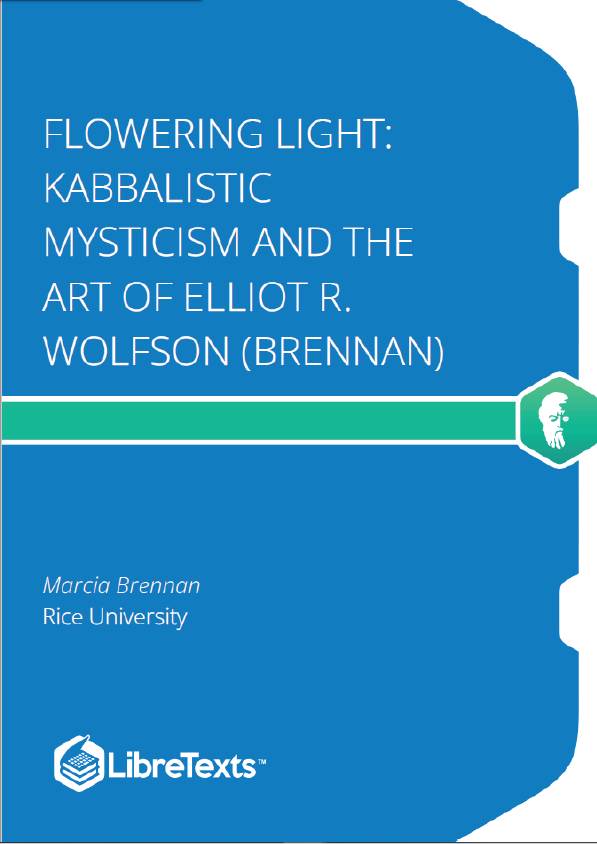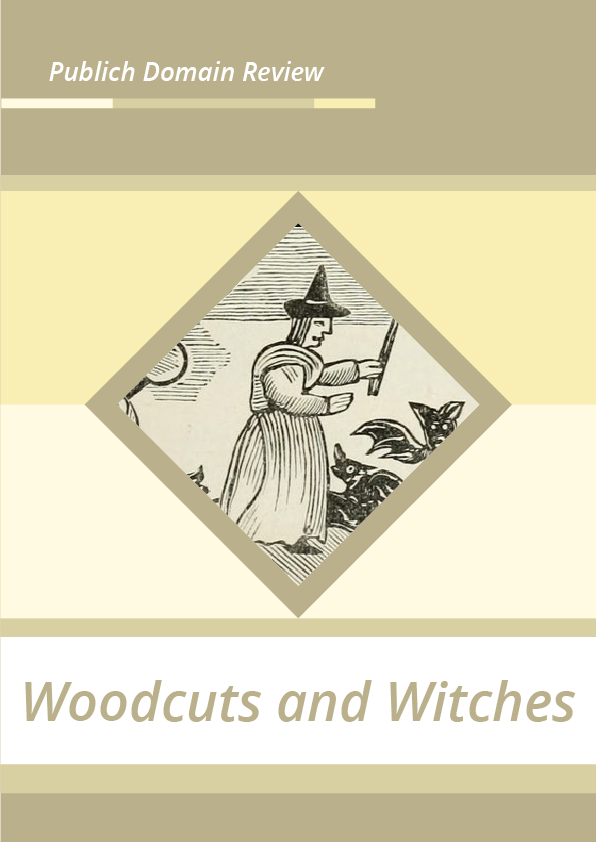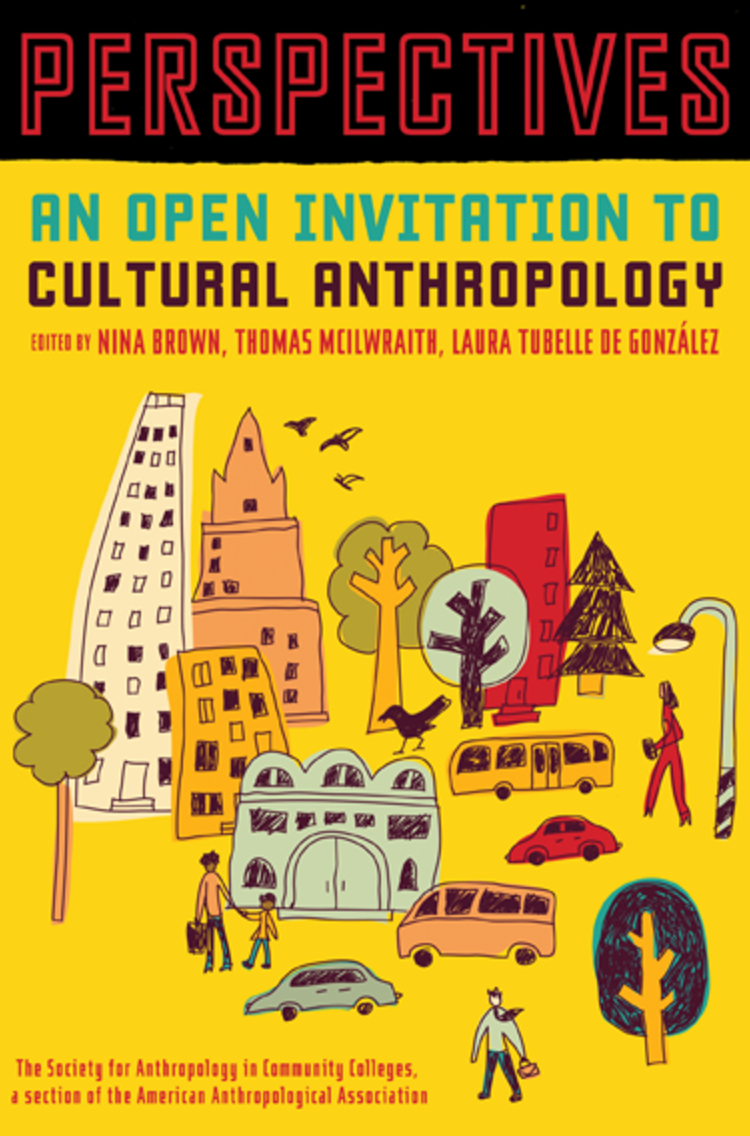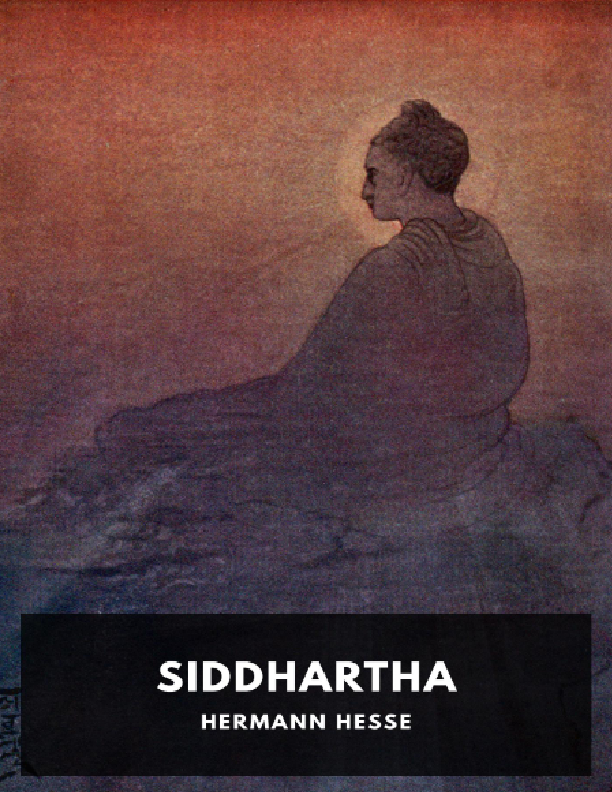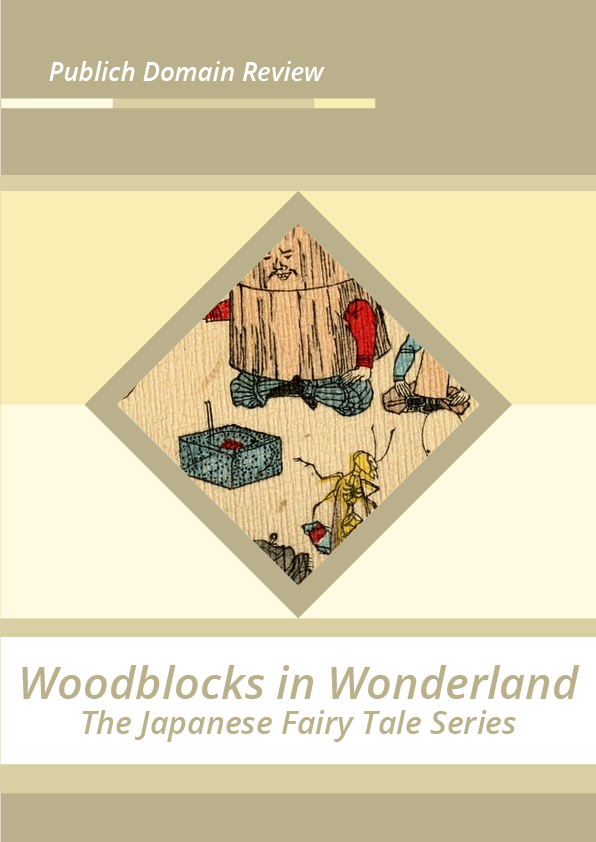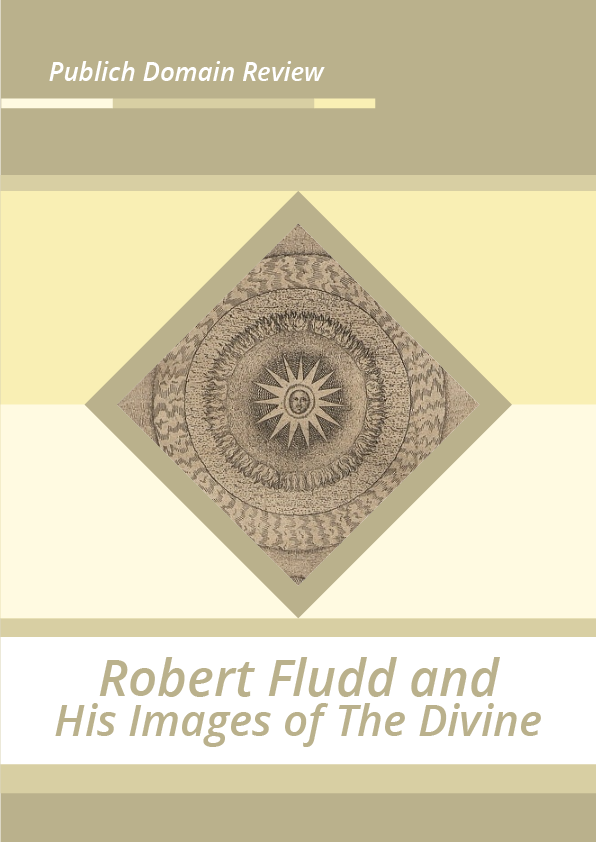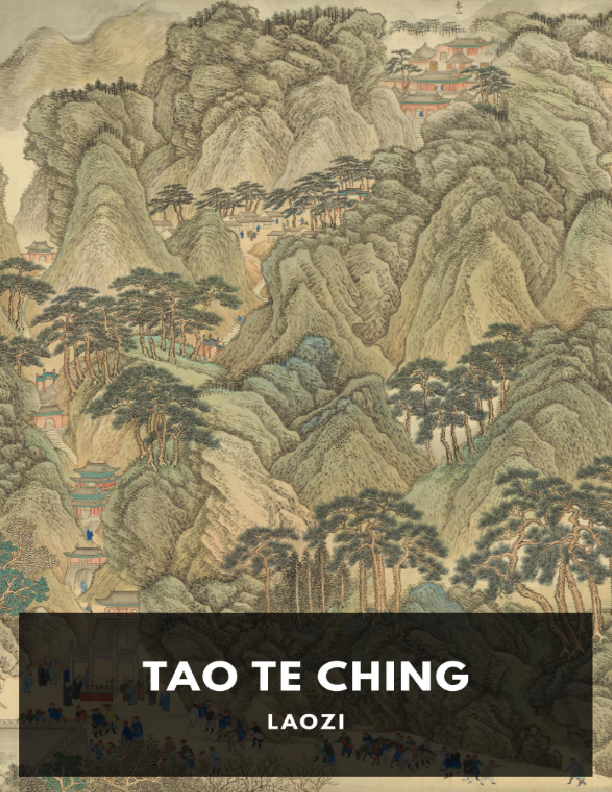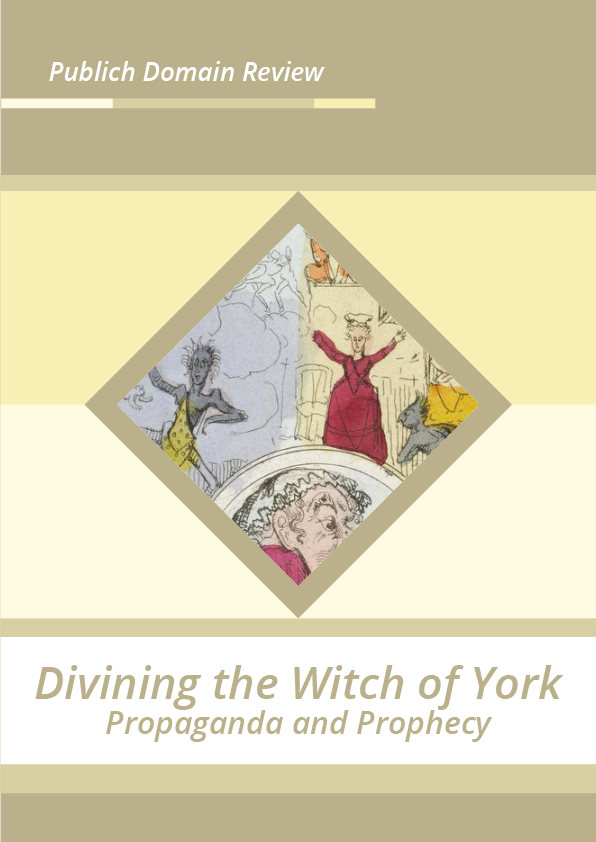Elliot Wolfson began his first major monograph on medieval Jewish mysticism, Through a Speculum that Shines (1994), with the Blakean epigraph above. This is how he concluded the same volume:
“The hermeneutical circle is inscribed in the biblical verse “From my flesh I will see God,” that is, from the sign of the covenant engraved on the penis the mystic can imaginatively visualize the divine phallus. The movement of the imagination is from the human body to God and from God back to the human body again.” “ Thus my path returns to Blake:” “ The Eternal Body of Man is The Imagination.” “ God Himself” “ that is” “ The Divine Body . . . ”
These Blakean beginnings (and endings) are far more than mere poetic placeholders for Wolfson. Blake is not simply a source of clever quotes bookending an important first book; in fact, he enters into the theoretical substance and historical content of Wolfson’s entire scholarly, poetic, and artistic corpus, his own postmodern kabbalah.
Not that Blake explains everything about Wolfson; his corpus cannot be fully explicated by a Blakean aesthetics. Elliot is not Will, nor is Will Elliot. Still, both artist-authors arrive at some remarkably similar conclusions about the nature of the religious imagination, about the grounding of myth, symbol, and mystical experience in the human body, about the fundamental centrality of the erotic within all of this, and about the importance of the poetic in expressing and advancing a truly radical argument. There are many possible reasons for these resonances, foremost among them the historical fact that Blake appears to have been deeply influenced by kabbalistic strains of thought, as Sheila Spector has amply demonstrated in such loving detail. And Wolfson, of course, has read and contemplated in turn his share of Blake’s kabbalistic art. From medieval Kabbalah to William Blake to Elliot Wolfson and back again, we are caught in something of a hermeneutical circle again.
Or is it a spiral? Much has been added along the way, after all. There is no quantum physics in the Zohar, but there is in Wolfson’s writings on the Zohar. For example, in his reflections on the “timeswerve” of kabbalistic hermeneutics, he explicates the notion through comparisons with contemporary scientific speculations on space-time and string theory. Similarly, while it is possible but difficult to detect Asian influences in Blake’s corpus, it is quite easy to do so in Wolfson’s. His invocation of Hindu Tantric themes are quite common, and his paradoxical writing style often reads like something straight out of a Zen sermon. It is probably no accident that Wolfson came very close to studying Zen Buddhism in graduate school before he finally opted for Kabbalah— regardless, Buddhism still shadows, informs, deepens his work on Judaism. It is also probably no accident that the Blakean scholar who has advanced the most robust thesis of an “Asian Blake”—Marsha Keith Schuchard, who sees the poet as an erotic mystic with a fantastically tangled relationship to Moravian sexual-spiritual vision, Christian Kabbalah, Swedenborgian contemplative sexuality, and Asian Tantra—employs both Wolfson’s work on medieval Kabbalah and my own work on nineteenth-century Bengali Tantra to advance specific details of her astonishing case.
